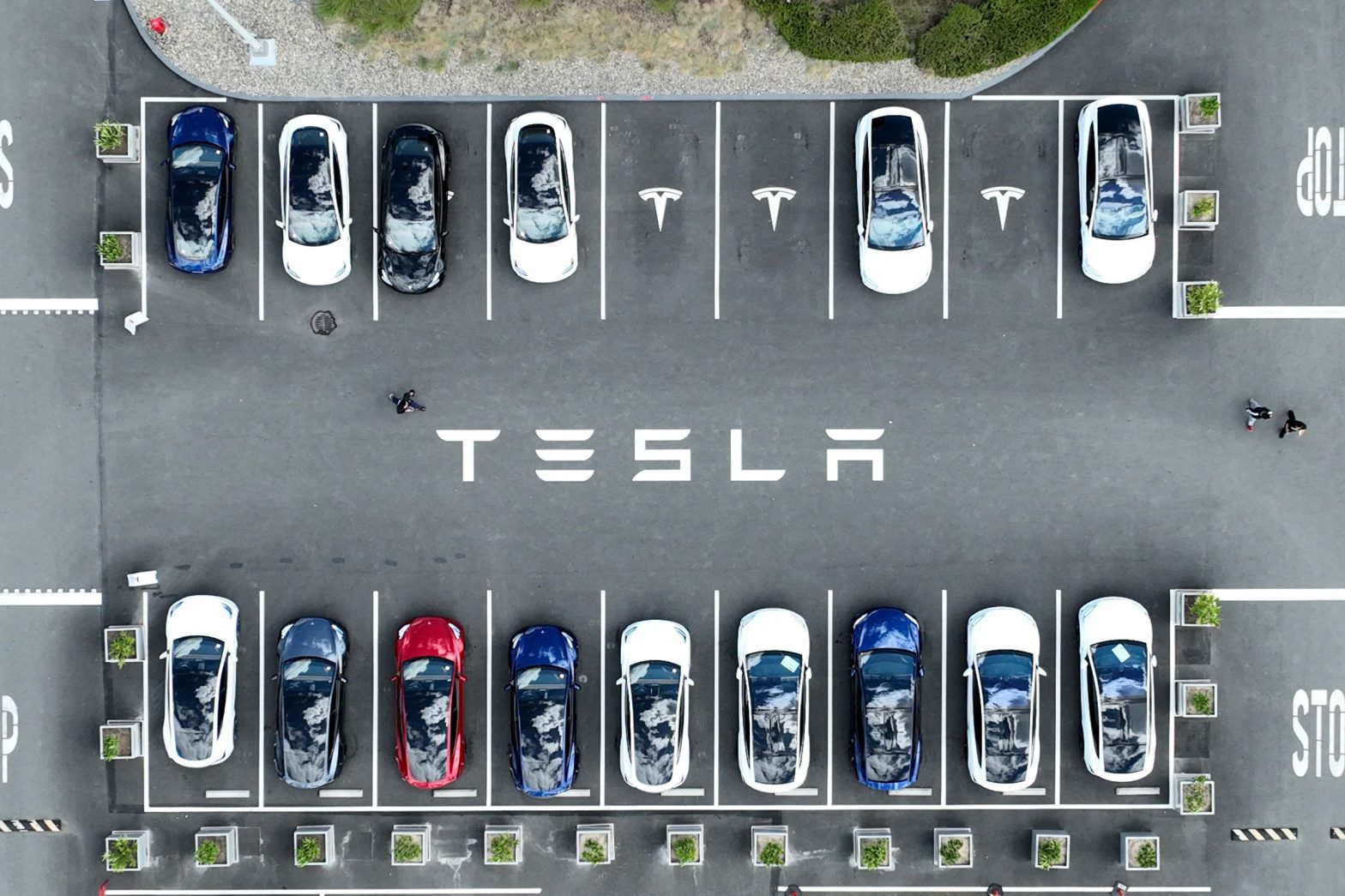/
The company divulged its supply chain emissions for the first time, and it’s the most polluting part of its business.
:format(webp)/cdn.vox-cdn.com/uploads/chorus_asset/file/24610514/1392610598.jpg)
Tesla released its 2022 Impact Report this week, and it gives the clearest picture yet of the electric car company’s carbon footprint. Tesla disclosed numbers on its supply chain emissions for the first time, which makes its overall carbon footprint much bigger than it has reported in the past.
Last year, the company only disclosed how much greenhouse gas pollution it generated from its direct operations and from customers charging their EVs. Altogether that was roughly equivalent to 2.5 million metric tons of carbon dioxide. But that missed the big picture since supply chain pollution — considered indirect emissions — often make up a major chunk of a company’s carbon footprint.
This year, Tesla finally released data on its supply chain emissions for 2022, which is equivalent to roughly 30.7 million tons of carbon dioxide. That’s a huge change from what the company reported last year.
The disclosure really highlights how important it is to count up all of a company’s direct and indirect emissions. It’s especially pertinent with a fight brewing in the US between companies and the Securities and Exchange Commission over how much of those emissions ought to be reported under law.
A company’s carbon footprint is usually divvied up into three main groups or “scopes.” Scope 1 includes direct emissions from its own factories, offices, and vehicles. Scope 2 encompasses emissions from its electricity use, heating, and cooling. Scope 3 comprises all the other indirect emissions from supply chains and the lifecycle of the products a company makes. And there are 15 different categories of emissions within Scope 3 alone to give a sense of how wide-ranging it can be.
It’s a common practice for companies to only share their Scope 1 and 2 emissions, which can make its carbon footprint appear much smaller than it actually is. Tesla’s Scope 1 and 2 emissions, for example, only add up to 610,000 metric tons of CO2 in 2022. That’s minuscule in comparison to the company’s indirect Scope 3 emissions.
Last year, the SEC proposed rules that would mandate that all public companies share their Scope 1 and 2 emissions. But what caused the most uproar with that announcement was a stipulation that would also require large companies to report their indirect Scope 3 emissions in certain cases. Since then, the SEC has delayed finalizing the rule, which was supposed to happen in October. And SEC chair Gary Gensler has hinted that the final rule might not mandate Scope 3 disclosures after all, alarming some Democratic lawmakers.
Tesla’s a great example of what a difference those rules could make. The company has lagged behind other automakers in sharing details about its greenhouse gas emissions. Ford, for example, has garnered “A” grades for its climate change disclosures since 2019, while Tesla earned “F” grades from the CDP, a nonprofit that evaluates companies’ environmental reporting.
To be sure, Ford’s carbon footprint is way bigger than Tesla’s at more than 337 million metric tons of CO2 in 2022 (nearly all of which are Scope 3 emissions). That’s because Ford sold more than three times as many vehicles as Tesla last year and because most of Ford’s cars are gas-guzzling. But just because Tesla makes electric vehicles doesn’t mean the environmental impact of its own operations is insignificant.
Moreover, Tesla’s pollution seems to be growing. That’s despite the company revealing the third part of its “master plan” in March, which aims to achieve “sustainable energy for all of Earth.”
Those are bold words for a company whose combined scope 1 and 2 emissions climbed nearly 4 percent last year, even as Tesla made strides to make each of its electric vehicles less carbon-intensive. It’s harder to see what happened with Tesla’s supply chain emissions since it didn’t reveal those numbers until this year. And as the adage goes, it’s hard to manage what you don’t measure.
